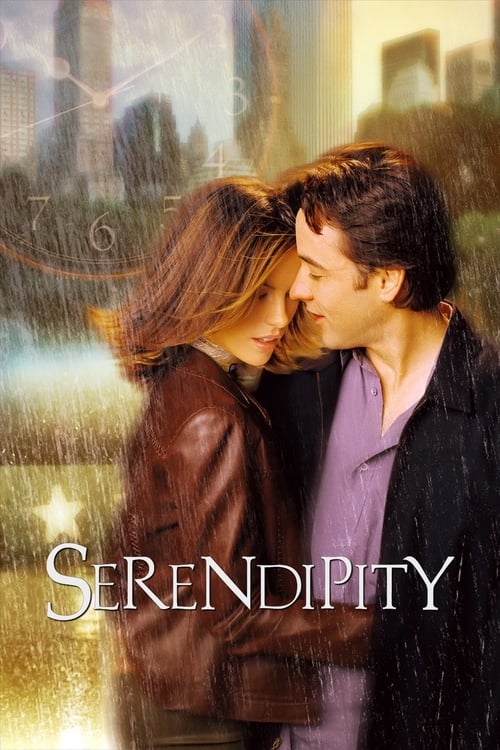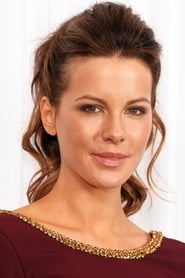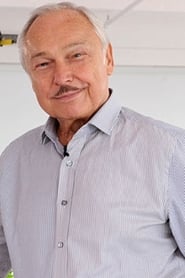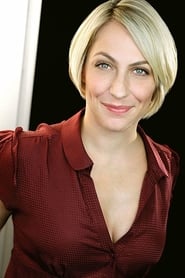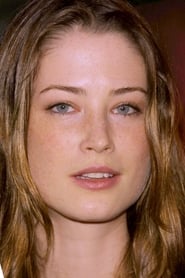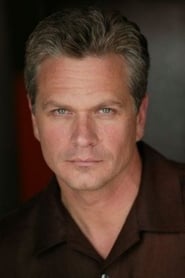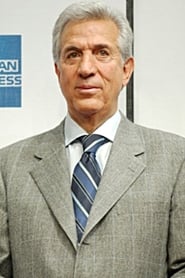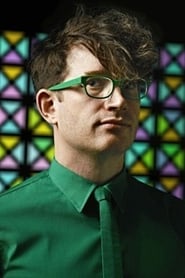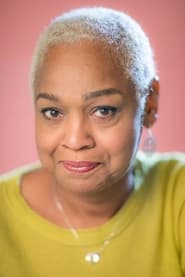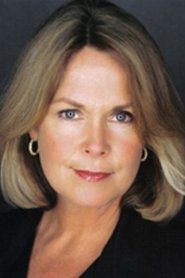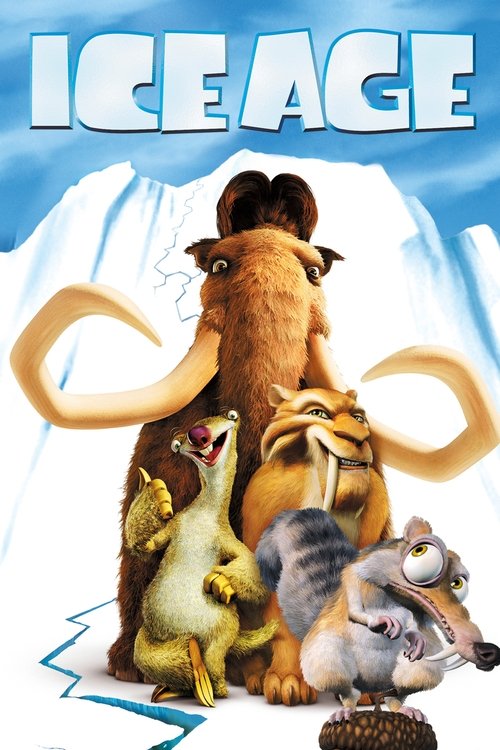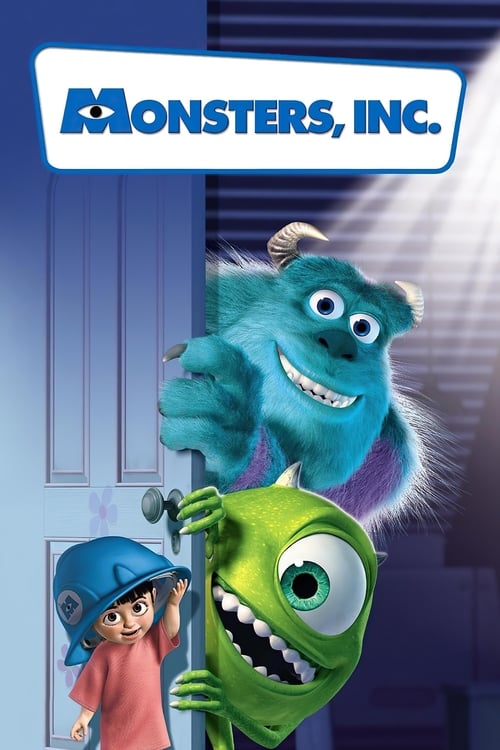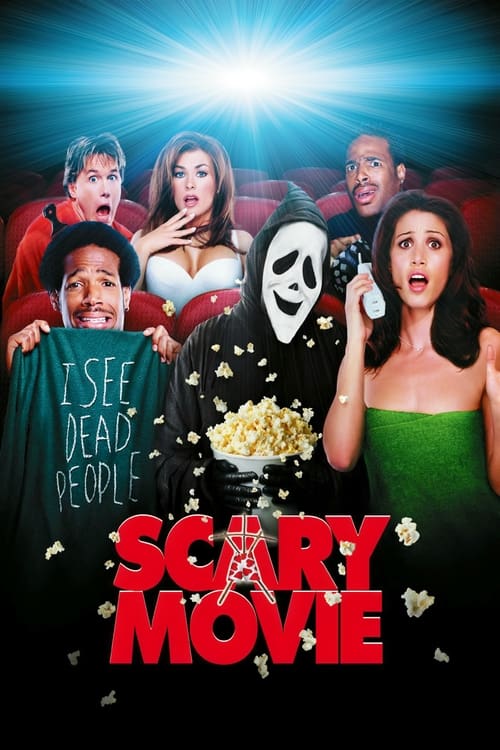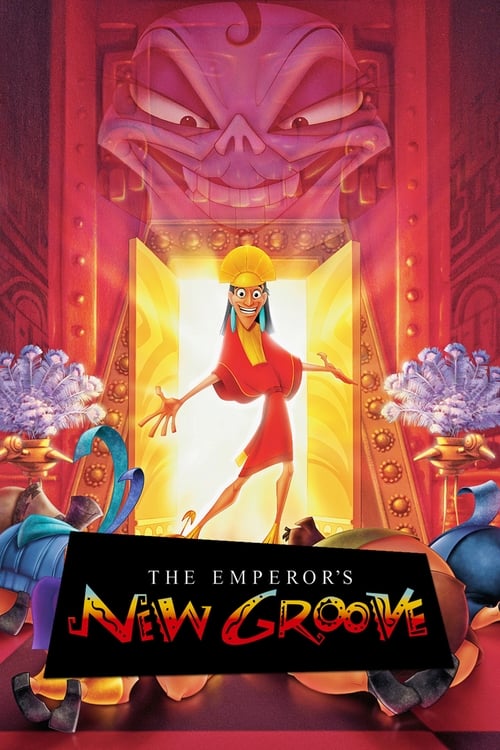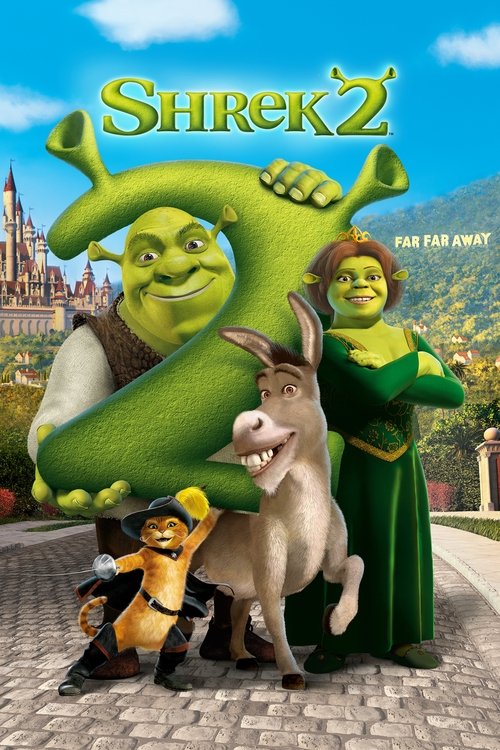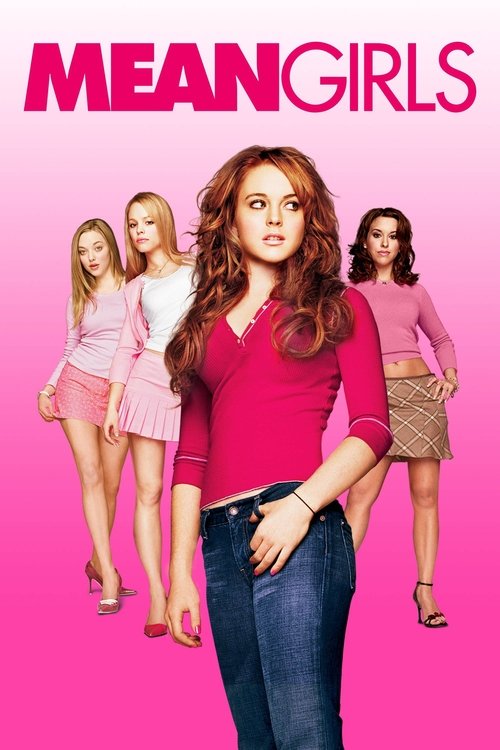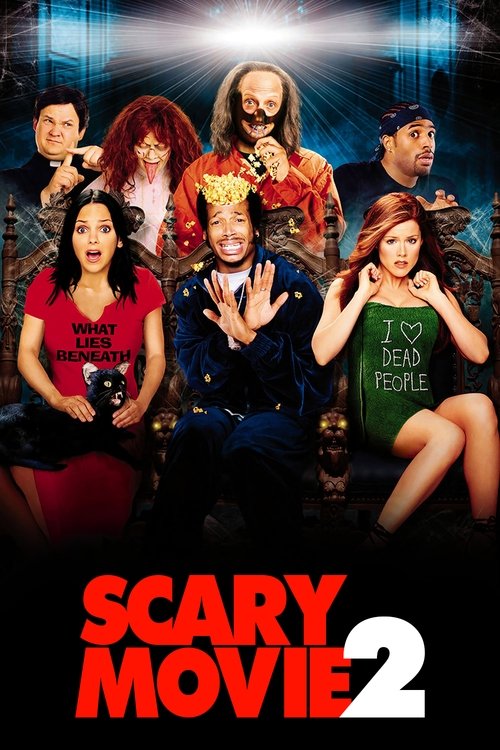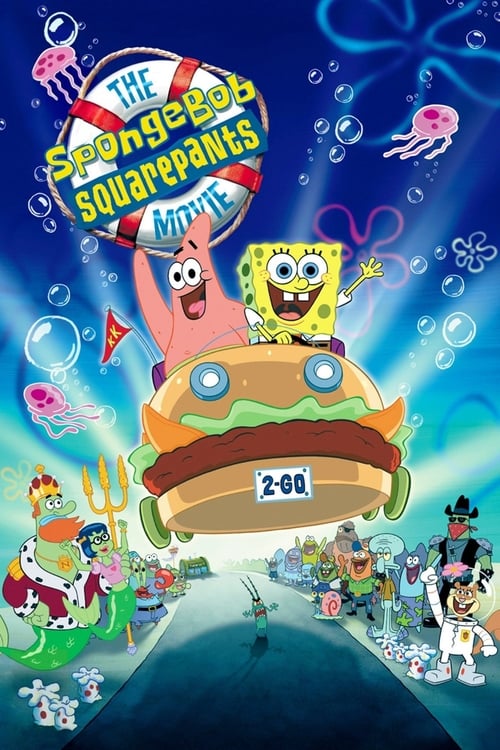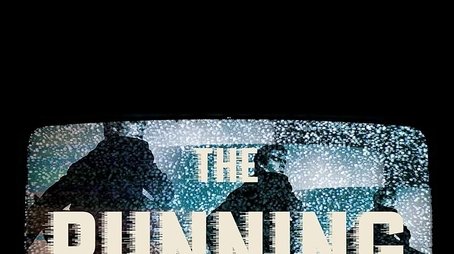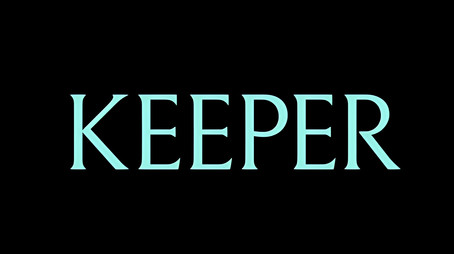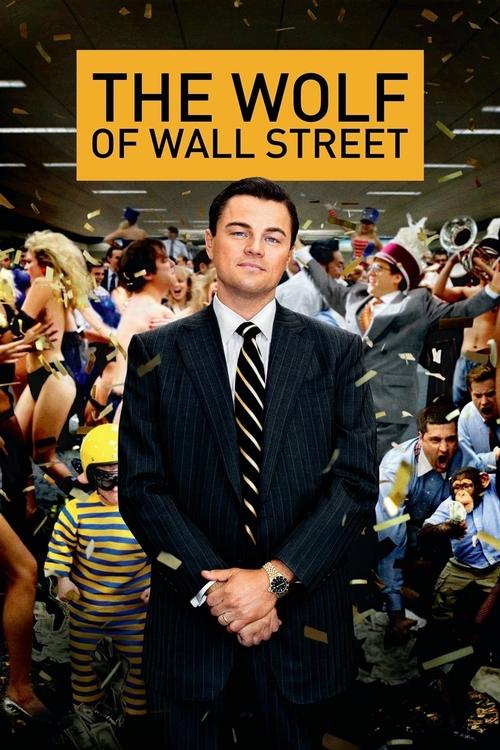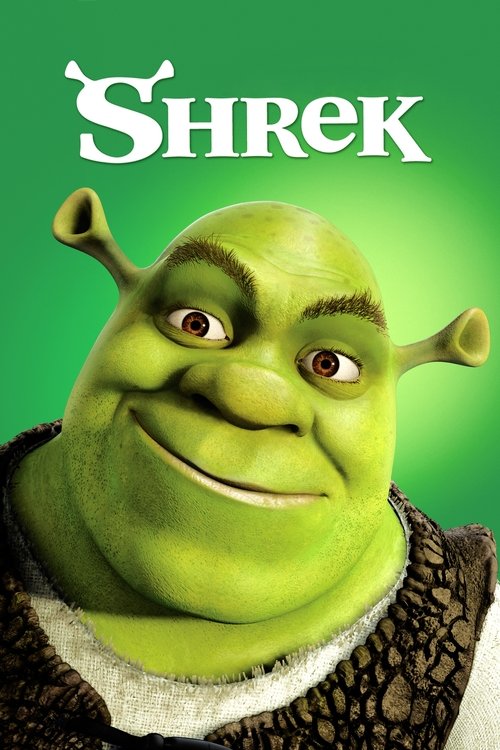
Ask Your Own Question
What is the plot?
On a crisp winter evening in Manhattan during the Christmas season, the bustling Bloomingdale's department store is alive with holiday shoppers. It is here that Sara Thomas, a thoughtful and romantic young woman, spots the last pair of black cashmere gloves she desires. At the same moment, Jonathan Trager, a charming ESPN producer, reaches for the same gloves. Their hands brush, and a playful tension sparks between them as they both claim the gloves. This serendipitous encounter marks the beginning of a night neither will forget.
Sara, portrayed with a blend of cautious hopefulness, and Jonathan, with his easy charisma, quickly connect despite the fact that both are involved with other people. Their chemistry is undeniable, and when Jonathan invites Sara for hot chocolate, she agrees. They wander the snowy streets of New York, sharing laughter and stories, their connection deepening. At the Serendipity III restaurant on the Upper East Side, over dessert, the magic of the night feels palpable. Sara, a therapist by profession, surprises Jonathan by suggesting they leave their future to fate rather than exchanging phone numbers or addresses. She writes her number inside a copy of Love in the Time of Cholera, while Jonathan pens his address on a five-dollar bill. They agree that if destiny wills it, these items will find their way back to them.
Their night culminates at the Waldorf Astoria Hotel, where they test fate by entering separate elevators and pressing the same floor number, 23. But fate intervenes mischievously: a child in Jonathan's elevator presses every button, delaying him and causing them to miss each other. They part ways, hearts hopeful but uncertain, believing they may never meet again.
Years pass. Jonathan is now engaged to Halley Buchanan, a poised and determined woman who works in publishing. Their relationship, while stable, lacks the spark Jonathan felt with Sara. Meanwhile, Sara lives in San Francisco, engaged to Lars Hammond, a famous musician whose world tour leaves him distracted and distant. Sara's doubts about this engagement are symbolized by the ill-fitting ring Lars gives her, a subtle omen of things to come.
One day, as Jonathan prepares for his wedding, he discovers the glove from Bloomingdale's tucked away with the receipt inside. The receipt bears Sara's Bloomingdale's account number, a clue that reignites his hope. Despite the account being closed, Jonathan bribes a sales clerk to access archived records, determined to find her. His best friend Dean Kansky, a witty and loyal companion, joins him on this quest. They revisit Bloomingdale's, the Serendipity restaurant, and a bridal shop that once was a roommate-finder agency Sara used years ago. Each location brings them tantalizingly close to Sara, but fate keeps them apart.
Meanwhile, Sara, overwhelmed by wedding preparations and Lars' preoccupation with his tour, feels the weight of doubt pressing down on her. She decides to take a chance and travels to New York with her best friend Eve, a spirited and supportive woman. Together, they retrace the steps of that magical night, hoping fate will reunite Sara with Jonathan. At Serendipity III, over dessert, Eve urges Sara to let go of the search, sensing the pain it causes. Unbeknownst to Sara, Eve slips the five-dollar bill with Jonathan's address into the change, a secret act of hope.
As Sara and Eve leave the restaurant, they hail the same cab Jonathan and Dean had taken earlier, a subtle sign that their paths are converging. At the Waldorf Astoria, Sara encounters Halley, who invites Eve to join her for the wedding rehearsal, revealing a past friendship. Sara declines and finds Lars outside, apologizing for his distracted behavior. The engagement is quietly unraveling.
At the wedding rehearsal, Jonathan's distracted demeanor frustrates Halley, who pleads, "Jonathan, I need you to focus. This is our day." In a poignant moment, she gifts him Sara's old copy of Love in the Time of Cholera, a symbol of the love Jonathan still harbors for Sara. The weight of his feelings becomes undeniable.
Determined, Jonathan and Dean use Sara's phone number from the book to locate her in San Francisco. Upon arrival, they mistakenly see Sara's sister and her boyfriend in an intimate moment, leading Jonathan to believe Sara has moved on. Dean, however, encourages Jonathan to confront his true feelings, reminding him that he cannot marry Halley without being honest with himself.
Back in San Francisco, Sara, too, reaches a turning point. She ends her engagement with Lars, recognizing that her heart belongs elsewhere. The film's tension builds as both Jonathan and Sara, now free from their respective commitments, race against time and fate to find each other.
The climax unfolds on a snowy New York night beneath the stars. Sara, wearing a dress named Cassiopeia draped over her head like a constellation, waits outside Serendipity. Jonathan arrives, breathless and hopeful. Their eyes meet, and the years of longing dissolve in an embrace filled with the promise of a shared future. "If we're meant to meet again, we will," Sara had said years before. Now, fate has delivered them into each other's arms.
Throughout the film, there are no deaths or fatal confrontations; the story is a tender exploration of love, chance, and destiny. The major confrontations--between Jonathan and Halley, Sara and Lars, and the internal struggles of both protagonists--serve to heighten the emotional stakes and underscore the theme that true love requires courage and trust in the unseen forces of serendipity.
In the end, Serendipity is a celebration of the mysterious ways life unfolds, where a pair of gloves, a five-dollar bill, and a well-worn book become the threads weaving two souls together across time and space. The final scene, under the shimmering New York sky, affirms that love, when destined, will always find its way.
What is the ending?
In the ending of "Serendipity," Jonathan and Sara finally reunite after years of searching for each other. They meet at the same place where they first connected, and their love is rekindled. The film concludes with a sense of fate and destiny, suggesting that true love will find a way.
As the film approaches its conclusion, the narrative unfolds with Jonathan Trager, played by John Cusack, in a state of anxious anticipation. He has spent years searching for Sara Thomas, portrayed by Kate Beckinsale, after their fateful encounter in New York City. The clock ticks ominously as he races against time, driven by the belief that they are meant to be together.
The scene shifts to a bustling New York City, where Jonathan is now determined to find Sara. He recalls the details of their first meeting, the magic of their connection, and the whimsical nature of their initial encounter. He remembers the moment they decided to leave their future to chance, believing that if they were truly meant to be, fate would bring them back together.
Meanwhile, Sara is also on a journey of her own. She has been living her life, but the memory of Jonathan lingers in her heart. She is now engaged to another man, but the thought of Jonathan haunts her, leading her to question her choices. The emotional weight of her past love is palpable, and she grapples with the idea of destiny versus the life she has built.
As Jonathan continues his search, he finds himself at the iconic ice skating rink in Central Park, the same place where he and Sara had shared a magical moment. The atmosphere is filled with the laughter of skaters and the chill of winter air, creating a nostalgic backdrop for his quest. He is filled with hope and trepidation, believing that this location might hold the key to their reunion.
In a parallel moment, Sara is also drawn to the same rink, feeling an inexplicable pull to the place where their story began. As she arrives, the scene is charged with emotion; the music swells, and the world around her fades as she steps onto the ice. She glides gracefully, lost in thought, reflecting on her past and the choices that have led her to this moment.
The climax of the film occurs when Jonathan and Sara finally come face to face. The moment is electric, filled with a mix of disbelief and joy. They stand there, eyes locked, as the realization of their connection washes over them. The years of searching, the doubts, and the obstacles fade away in an instant. They embrace, and the warmth of their love envelops them, signaling that they have found their way back to each other.
As the scene unfolds, the camera captures their expressions--relief, happiness, and a sense of completeness. They share a kiss, a culmination of their journey, and the audience feels the weight of their love story, which has been marked by chance and fate.
In the final moments, the film leaves viewers with a sense of hope and the belief that true love can withstand the test of time and circumstance. Jonathan and Sara, now reunited, symbolize the idea that destiny has a way of bringing people together, no matter the obstacles they face. The film closes on a note of optimism, suggesting that their love story is just beginning, and that they are finally where they are meant to be.
Is there a post-credit scene?
The movie "Serendipity," produced in 2001, does not have a post-credit scene. The film concludes with a satisfying resolution to the story, where the main characters, Jonathan and Sara, finally reunite after a series of serendipitous events. The ending emphasizes the themes of fate and destiny, leaving the audience with a sense of closure without any additional scenes after the credits.
What is the significance of the book 'Love in the Time of Cholera' in the story?
In 'Serendipity', the book 'Love in the Time of Cholera' serves as a pivotal plot device that symbolizes fate and connection. Jonathan, played by John Cusack, and Sara, portrayed by Kate Beckinsale, first meet in a New York City bookstore. They bond over their shared love for the book, which becomes a metaphor for their relationship. Later, the book reappears as a means of reconnecting them, emphasizing the theme of destiny and the idea that true love will find a way.
How do Jonathan and Sara first meet?
Jonathan and Sara meet in a charming New York City bookstore during the Christmas season. Jonathan is browsing for a gift, while Sara is there to find a book for herself. Their initial interaction is filled with playful banter and an undeniable chemistry, as they discuss their views on fate and love. This serendipitous encounter sets the stage for their romantic journey, highlighting the magic of chance meetings.
What role does the concept of fate play in Jonathan and Sara's relationship?
Fate plays a crucial role in Jonathan and Sara's relationship throughout 'Serendipity'. After their initial meeting, they decide to let fate determine whether they should be together. They each write their names and phone numbers on a piece of paper and then separate, believing that if they are meant to be, they will find each other again. This belief in fate drives their actions and decisions, leading to a series of coincidences that ultimately bring them back together.
What is the significance of the 'serendipity' concept in the film?
The concept of 'serendipity' is central to the film's narrative, representing the idea of finding something good without looking for it. Jonathan and Sara's relationship is built on a series of fortunate accidents and chance encounters that lead them to each other. The film explores how these unexpected moments can shape our lives and relationships, reinforcing the notion that sometimes, love is about being in the right place at the right time.
How does the character of Dean influence Jonathan's journey?
Dean, played by Jeremy Piven, is Jonathan's best friend and serves as a comedic yet insightful foil to Jonathan's romantic pursuits. Throughout the film, Dean encourages Jonathan to pursue Sara and to believe in the possibility of true love. His character often provides comic relief but also highlights Jonathan's internal struggles with commitment and the search for meaning in his relationships. Dean's unwavering support and humorous perspective help Jonathan navigate the complexities of love and fate.
Is this family friendly?
"Serendipity," produced in 2001, is generally considered a romantic comedy suitable for a family audience, but it does contain some elements that may be objectionable or upsetting for children or sensitive viewers. Here are a few aspects to consider:
-
Mature Themes: The film explores themes of love, fate, and destiny, which may be complex for younger viewers to fully grasp.
-
Romantic Situations: There are scenes that depict romantic relationships, including moments of intimacy and flirtation that may not be appropriate for all ages.
-
Language: The film includes some mild profanity and suggestive language that may not be suitable for children.
-
Emotional Moments: There are scenes that evoke strong emotions, such as heartbreak and longing, which could be upsetting for sensitive viewers.
-
Conflict: The characters experience misunderstandings and conflicts in their relationships, which may lead to moments of tension or sadness.
Overall, while "Serendipity" is lighthearted in many respects, these elements may warrant parental guidance for younger audiences.

